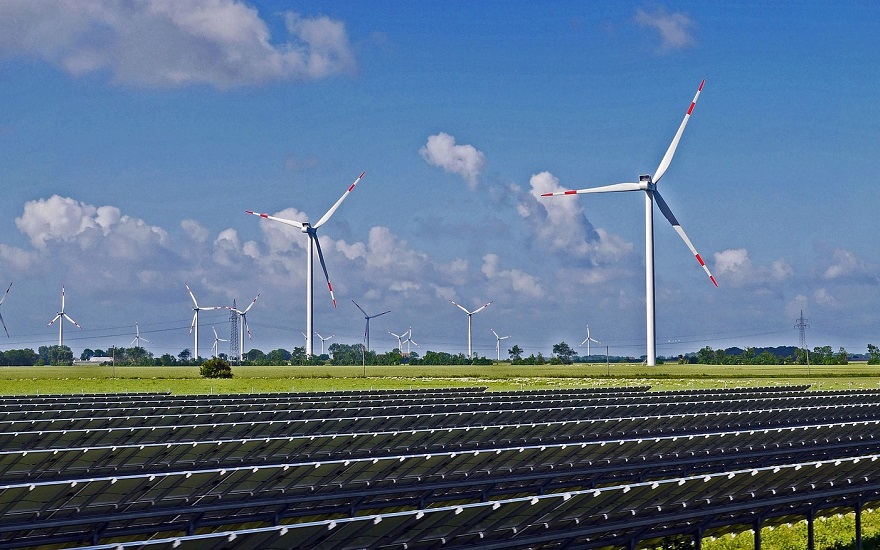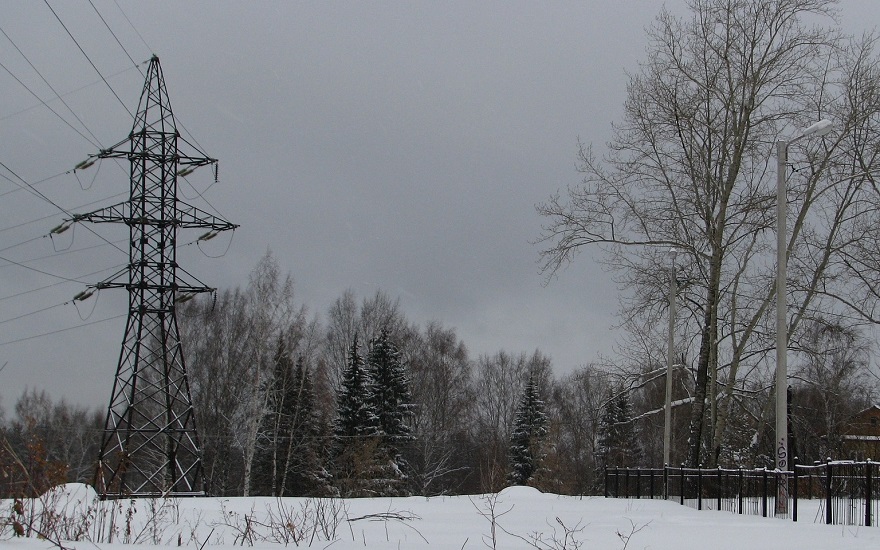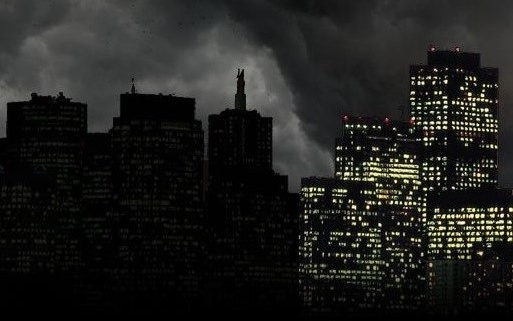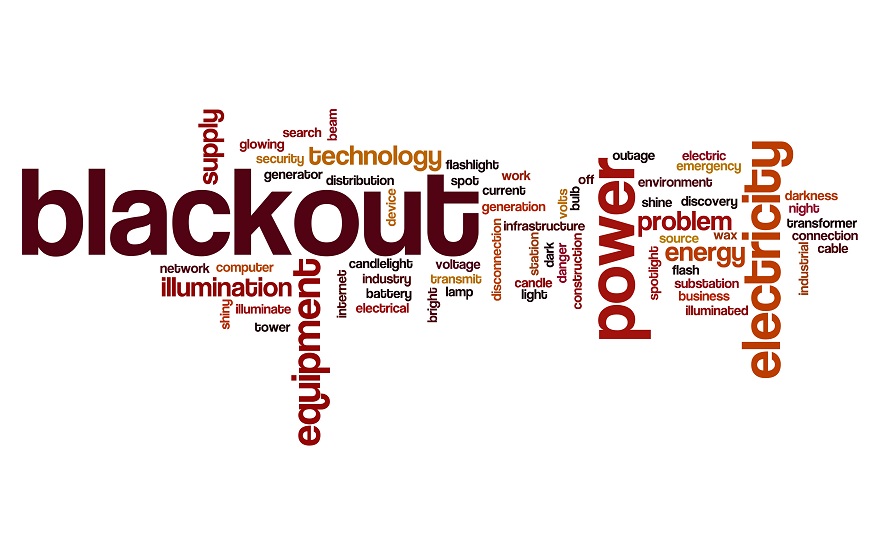Britain goes coal-free for more than two months… Is this trend likely to continue? And if so, what challenges does it pose our electricity network?
Midnight on Wednesday 10 June was a historic milestone for power generation in Great Britain.
It marked the moment where the nation has gone two full months – 61 days or 1,464 hours and counting – since last burning coal to generate power.
This is the longest coal-free period of electricity production in Great Britain (excluding Northern Ireland which isn’t part of the National Grid) since the Industrial Revolution of the 1880s. Coal-fired plants were last required on 9 April, when the Drax unit 5 was the last station to go offline.
The current record beats the previous coal-free best of 18 days, six hours and 10 minutes set in May and June last year.
Great Britain’s record #coalfree run of #electricity generation is still powering on, and is set to hit the 𝘁𝘄𝗼 𝗺𝗼𝗻𝘁𝗵 mark at midnight tonight – an incredible achievement! ⚡️ More about our #zerocarbon ambition for GB’s electricity system below 📽️👇 @beisgovuk @PastCoal pic.twitter.com/JXrI2BMA1R
— National Grid ESO (@ng_eso) June 9, 2020
Covid-19 And Record-Breaking Sunshine
Inevitably, the ongoing coronavirus crisis is one of the reasons for the current scenario.
As millions across the nation went into lockdown, electricity demand plummeted by as much as 20% compared to normal levels. For example, the Easter bank holiday weekend coincided with a record low demand of just 15.2 GW.
Another explanation for our record-breaking coal-free spell is the (unusually settled) British weather.
According to the Met Office, May 2020 was the sunniest calendar month ever in the UK. A sizzling 266 hours of sunshine beat the previous best of 265 in June 1957.
The 626 hours of sunshine across the whole of spring 2020 is also a new high. The previous record was 555 hours set in 1948.
☀️With 266 hours of bright sunshine, May 2020 is now officially the sunniest month on record for the UK☀️
— Met Office (@metoffice) June 1, 2020
☀️Spring 2020 is also the sunniest on record for the UK exceeding the sunshine amount for most summer seasons☀️
Our press release has more👉 https://t.co/2yQjD875hM pic.twitter.com/pijhJHr7AA
As a result, renewable energy sources such as solar and wind have soared. Solar power generation hit a high of 9.68 GW on 20 April.
Indeed, National Grid revealed that May was the “greenest” ever month for electricity production thanks to renewables’ input.
Carbon intensity, the metric the grid operator uses to measure how much CO2 is produced for each kilowatt hour of electricity, was the lowest ever at 143 grams of CO2 per kWh.
These last couple of months offer a snapshot of a longer trend. Only a decade ago, 40% of Britain’s power came from burning coal. Wind and solar only contributed 3% of the mix.
Now the country is home to the biggest offshore wind industry in the word. While last year was the first on record where renewables were responsible for more electricity than fossil fuels (37% vs 35%).
Globally, there’s a similar shift away from coal-fired electricity. Despite President Trump’s support for mining and pro-fossil fuel rhetoric, renewables are producing more energy than coal for the first time ever.
Demand has plummeted so much in India, which had been one of the fastest-growing users of coal, that it played a part in the country recording its first drop in emissions for nearly 40 years.
Figures from the International Energy Agency (IEA) demonstrate that last year saw the largest worldwide fall in coal-fired electricity generation in history.
The New Reality: Zero-Carbon Electricity
Coal-free power generation fits in with National Grid ESO’s target for Britain “to run on a purely zero-carbon grid” by 2025. It expects all coal-fired plants to be offline by 2024.
Does this increasing reliance on renewables pose problems? Will the network need to change? The answer to both those questions is “yes”.
Traditionally, the inertia that acts as the vital shock absorber to help maintain a stable grid frequency has tended to be generated by the large turbines found in coal-fired power plants.
Such mechanical inertia isn’t really feasible with the non-synchronous power sources that will make up the majority of our future energy mix: renewables and the sub-sea interconnectors used to import energy.
National Grid will increasingly turn to synthetic inertia, which basically instantaneously increases the output to counteract a drop in frequency.
Examples of synthetic inertia include the fast-response inverters on solar panels, flywheels and battery storage.
Earlier this year, the electricity system operator agreed contracts totalling more than £300 million across six years with five organisations to build facilities that will provide inertia without actually having to generate any electricity.
National Grid ESO estimates the project will contribute 12.5 GVA seconds of inertia, equivalent to that produced by five coal-fired plants.
A Future Of “Free” Electricity?
Covid-19 has given us a glimpse of something that could possibly become, to pardon the phrase, the “new normal” – consumers actually being paid to use electricity!
As demand dropped so much with the majority of industry shutting down and renewables made up a huge proportion of the energy mix, wholesale electricity prices slipped into negative territory.
In fact, this happened 66 times in April alone as oversupply became a regular challenge.
For certain suppliers, it was easier to pay their customers to use the power they generate rather than shut down their plants.
So people signing up to flexible, real-time tariffs get paid a few pence for every unit of electricity they use.
A New Approach To Reactive Power
The move to zero-carbon power generation also poses a problem with finding sources of reactive power. This is a crucial service that helps keep voltage across the network within safe limits.
Reactive power has tended to come from larger generators and from equipment on the transmission network itself. This obviously is changing with the shift to more distributed energy and a wider network of smaller generators.
National Grid ESO has just awarded contracts worth nearly £9 million to build the Mersey High Voltage Pathfinder. This is a reactor which absorbs reactive power.




